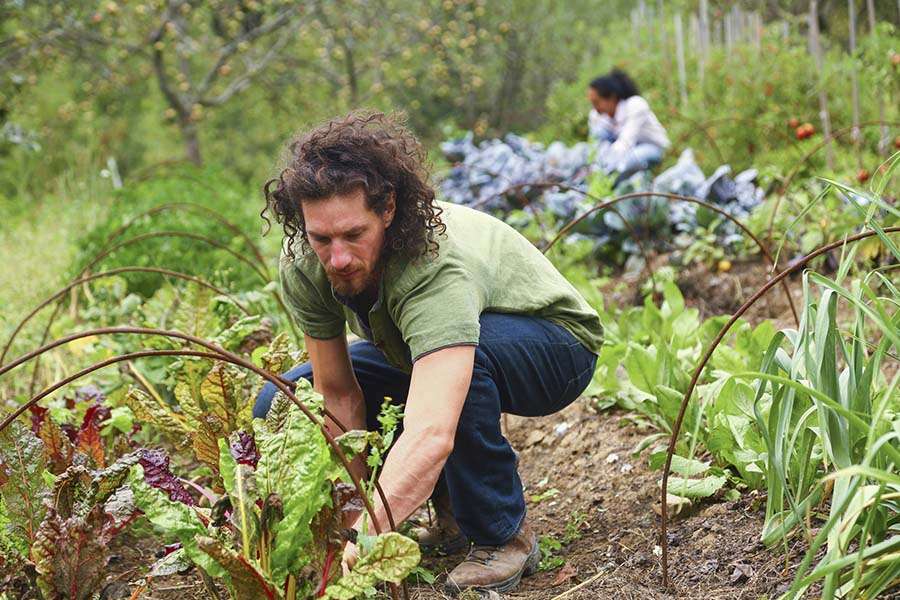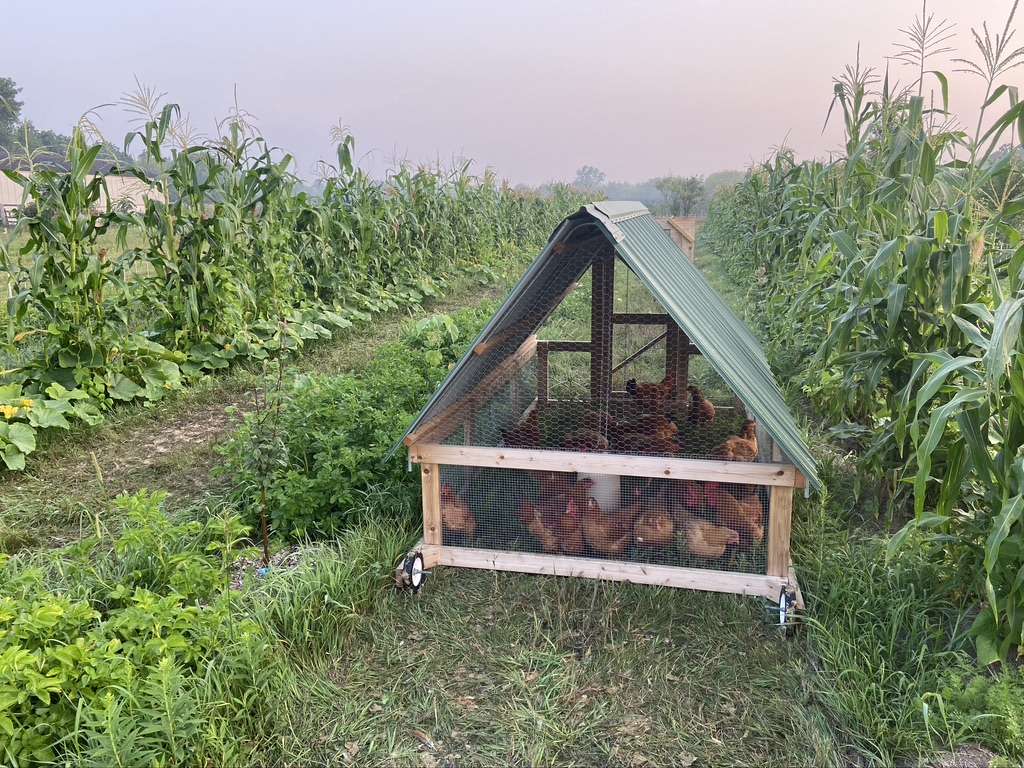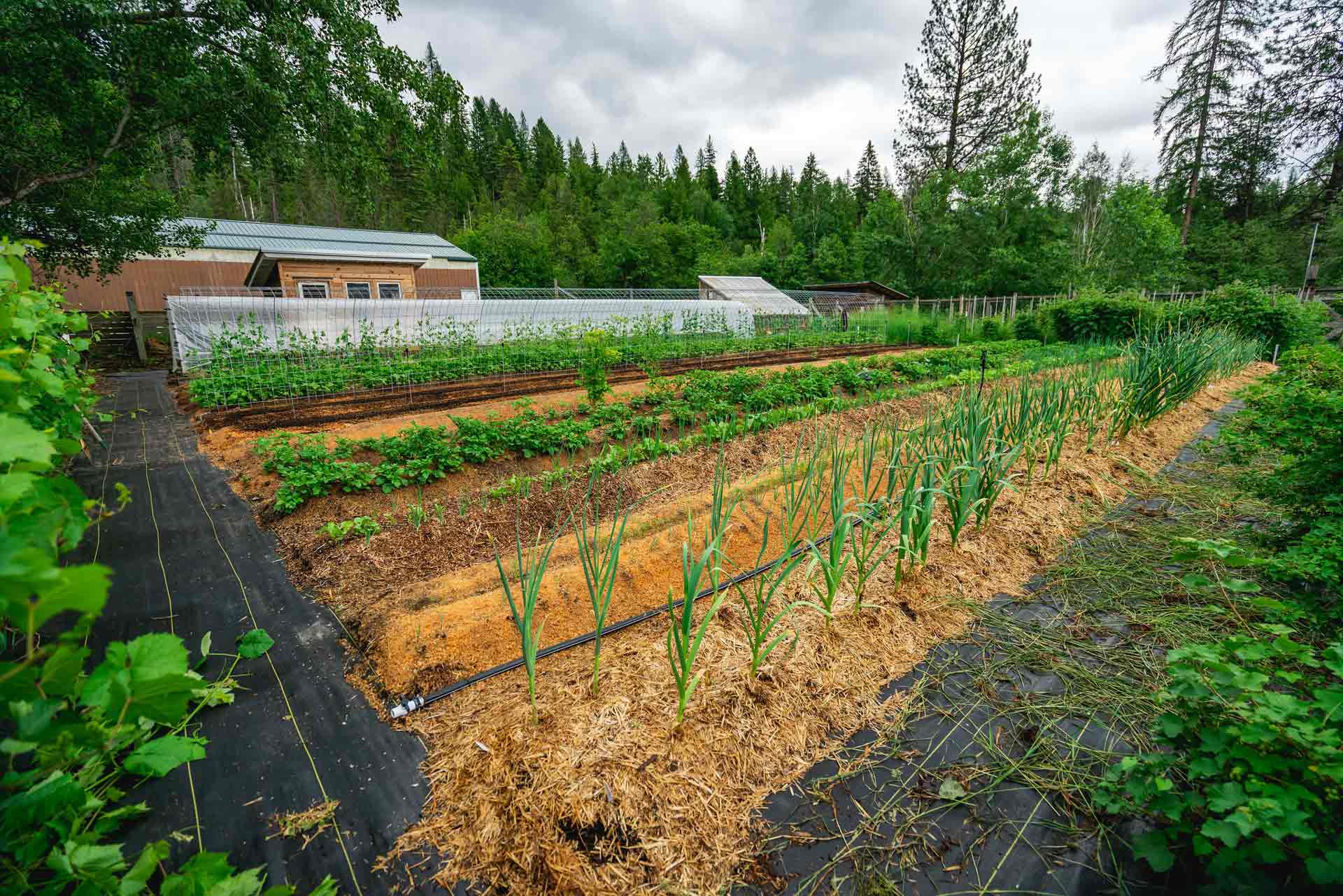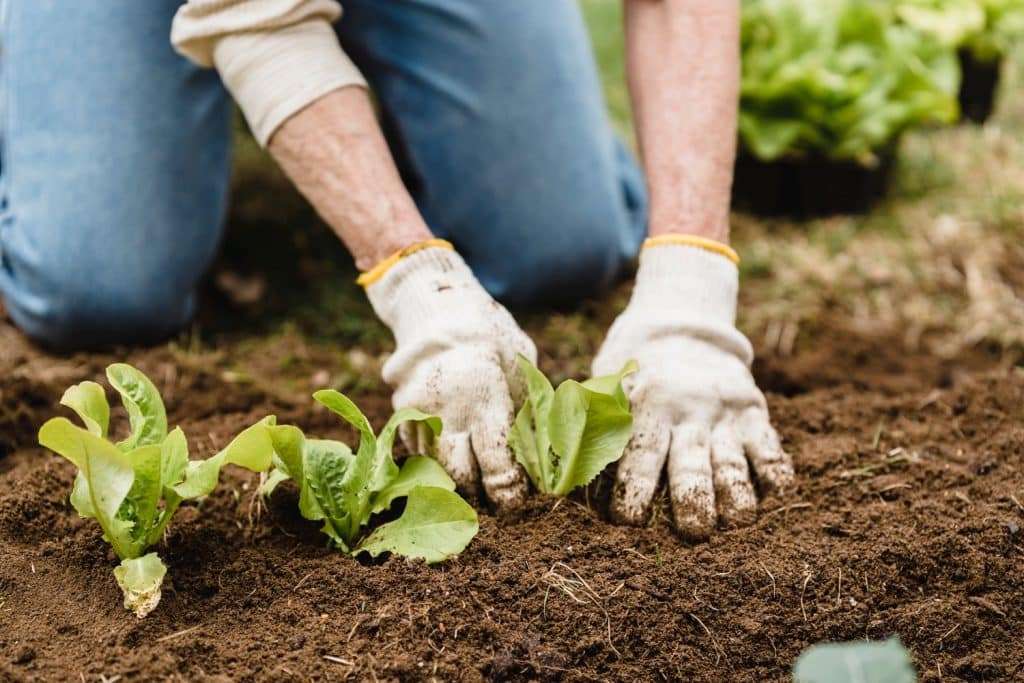If you’ve ever dreamed of achieving self-sufficiency and living off the land, then homesteading might be the perfect path for you. Homesteading is all about growing your own crops and becoming less reliant on external sources. But where do you start? Well, it all begins with choosing the right crops. The best crops for homesteading are those that offer high nutritional value, produce abundant yields, and are well-suited to the local climate and soil conditions. From the versatile potato and the nutrition-packed sweet potato to the beginner-friendly tomato and the easy-to-grow winter squash, there are plenty of options to consider. And let’s not forget about leafy greens, beans, berries, and even wheat. With so many choices available, you’ll be well on your way to achieving self-sufficiency and living the homesteading dream.

Choosing the Right Crops for Homesteading
Homesteading is all about self-sufficiency and growing your own food. When it comes to choosing the right crops for homesteading, there are a few key factors to consider. You want crops that offer high nutritional value, yield abundant harvests, and are well-suited to the local climate and soil conditions. By selecting the right crops, you can ensure a successful and bountiful harvest year after year.
Importance of Nutritional Value
One of the most important factors to consider when choosing crops for homesteading is their nutritional value. As a homesteader, you want to grow crops that will provide you and your family with a well-balanced diet. Look for crops that are high in vitamins, minerals, and other essential nutrients. This will not only help you maintain good health but also reduce the need to rely on store-bought produce.
Considering Local Climate and Soil Conditions
Another crucial factor to consider when choosing crops for your homestead is the local climate and soil conditions. Different crops thrive in different climates, so it’s important to choose crops that are well-suited to your specific region. Similarly, certain crops require specific soil conditions to grow successfully. By understanding your local climate and soil conditions, you can choose crops that will thrive and yield abundant harvests.

Highly Recommended Homesteading Crops
Now that we know the factors to consider when choosing homesteading crops, let’s take a look at some highly recommended options:
Potatoes
Potatoes are a staple crop for many homesteaders. They are easy to grow and can be incredibly productive. Not only do potatoes offer high nutritional value, but they also have a long shelf life, making them an excellent crop for storing and enjoying throughout the year. With so many different varieties to choose from, you can grow potatoes that are suited to your taste preferences and growing conditions.
Sweet Potatoes
If you’re looking for a healthier alternative to regular potatoes, sweet potatoes are an excellent choice. They are packed with nutrients and offer a unique and delicious flavor. Like regular potatoes, sweet potatoes also have a long shelf life, making them a great crop for long-term storage.
Corn
Corn is another versatile crop that is well-suited for homesteading. It can be used as animal feed or ground into flour to make delicious homemade cornbread and other baked goods. Corn is also a crop that thrives in many different climates, making it a reliable choice for homesteaders living in various regions. With proper care and cultivation, you can enjoy a bountiful harvest of corn year after year.
Leafy Greens
Leafy greens like kale, cabbages, and spinach are excellent crops to consider for your homestead. Not only are they packed with essential vitamins and minerals, but they can also be harvested multiple times throughout the growing season. This makes them a highly efficient crop that can provide you with fresh, nutritious greens for salads, sautés, and smoothies.
Winter Squash
Winter squash, such as butternut squash and acorn squash, is a popular choice for homesteaders. These crops are relatively easy to grow and provide an abundance of vitamins and minerals. Additionally, winter squash has a long storage life, making it an excellent crop for storing and enjoying during the colder months.
Beets
Beets are a highly nutritious crop that is also easy to grow. They are packed with vitamins and minerals and offer a unique and earthy flavor. Just like potatoes and sweet potatoes, beets have a long shelf life, making them a great crop for long-term storage.
Tomatoes
Tomatoes are a beginner-friendly crop that can be grown in various climates. They are fast-growing and can provide a bountiful harvest throughout the summer months. Tomatoes are not only delicious when fresh but can also be canned or pickled for longer shelf life. They are a versatile crop that can be used in a wide variety of dishes, making them a valuable addition to any homestead.
Beans
Beans, both bush beans and pole beans, are a healthy and high-protein crop that is well-suited for homesteading. They are relatively easy to grow and can be dried and stored for long periods. Beans are a staple food for many, and having a reliable source of this nutritious crop can greatly contribute to your self-sufficiency.
Radishes
Radishes are a fast-growing crop that can be harvested within a few weeks of planting. They are packed with vitamins and fiber, making them a healthy addition to your diet. Radishes also yield quickly, which means you can enjoy multiple harvests throughout the growing season.
Berries
Berries, such as strawberries, raspberries, and blueberries, are easy to grow and yield increases over time. They are packed with antioxidants and provide a delicious and healthy treat for the whole family. Berries can be enjoyed fresh or frozen for longer storage, making them a versatile and highly rewarding crop for your homestead.
Onions and Garlic
Onions and garlic are staple foods in many cuisines and are incredibly versatile in the kitchen. They are also well-suited for homesteading, as they have long shelf lives and can be easily stored for future use. Onions and garlic not only add flavor to your dishes but also offer essential vitamins and minerals.
Wheat
If you have space and resources, growing your own wheat can be a valuable addition to your homestead. Wheat can be processed into flour, which can be used for baking bread, pastries, and other homemade goods. When stored correctly, wheat has a long shelf life, making it a reliable staple crop for self-sufficiency.
Carrots
Carrots are a popular choice for homesteading due to their ease of growth and high nutritional value. They are packed with essential vitamins and minerals, and their sweet and crunchy texture makes them a favorite among both children and adults. Carrots can be enjoyed fresh or stored for longer periods, making them a versatile crop for your homestead.

Considering Shelf Life and Sustainability
When growing crops for personal use or even for selling, it’s essential to consider their shelf life and sustainability. Choosing crops with long shelf lives is crucial for maintaining a steady supply of food throughout the year. You want to select crops that can be stored for an extended period without losing their nutritional value or quality.
Preserving excess crops through canning is a common practice among homesteaders. Canning allows you to extend the shelf life of your harvest and enjoy your homegrown produce long after the growing season is over. By preserving your excess crops, you can reduce waste and ensure a steady supply of food throughout the year.
Another sustainable practice in homesteading is utilizing undesirable crops for livestock feed. Not all crops may turn out as expected, but that doesn’t mean they have to go to waste. Livestock such as chickens or pigs can benefit from these crops, turning them into a valuable resource rather than a disappointment.
In conclusion, choosing the right crops for homesteading is a crucial step in achieving self-sufficiency and sustainable living. By considering factors such as nutritional value, local climate, and soil conditions, you can select crops that will thrive in your specific homesteading environment. By growing a diverse range of crops, including potatoes, sweet potatoes, corn, leafy greens, winter squash, beets, tomatoes, beans, radishes, berries, onions, garlic, wheat, and carrots, you can ensure a bountiful harvest and a well-rounded diet for you and your family. Remember to also consider the shelf life and sustainability of your crops by preserving excess produce through canning and utilizing undesirable crops for livestock feed. Happy homesteading!





